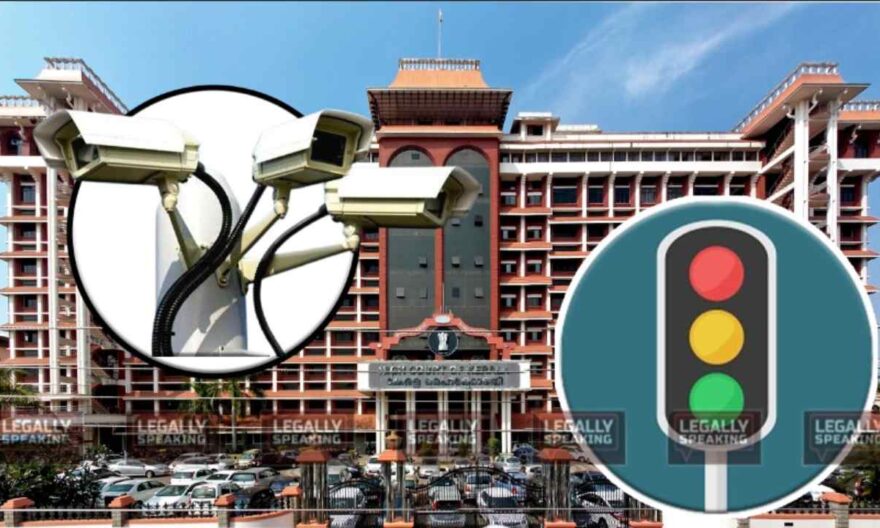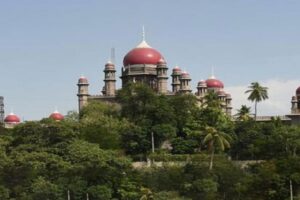
The Kerala High Court recently emphasized that the installation of Artificial Intelligence cameras (AI cameras) on roads for the purpose of detecting traffic rule violations should not be discouraged solely based on allegations of corruption or lack of transparency on the part of the government.
A single bench of Justice PV Kunhikrishna explicitly stated that these allegations should be addressed independently. Despite any other criticisms that the new initiative may be facing, it was underscored that AI cameras represent an innovative approach to identify instances of traffic violations.
“There may be objections regarding the transparency in the decision making by which the cameras and other equipment are purchased. It appears that, even allegations of corruption are raised. That is a different matter which is to be dealt separately. For that reason, an innovative venture initiated by the Motor Vehicle department may not be discouraged. Since it is introduced recently, there may be some technical defects and lapses. Of course, that is to be rectified. But in this new era of technology, installation of AI surveillance cameras is an innovative step to detect the violation of the road rule,” the bench stated.
Under the project “Automated Traffic Enforcement System for Safe Kerala,” conceptualized by the Transport Department, AI cameras were installed throughout the State. It is noteworthy that the judge observed that the initiative has not encountered any criticism, even from opposition parties. Furthermore, the judge expressed an opinion that the State government should be commended for introducing this innovative system.
“An innovative system is introduced in the State to detect the violation of the provisions of the Motor Vehicles Act and Rules by installing AI surveillance Cameras on the roads. We have to appreciate the government and its Motor Vehicle department for introducing the same. There is no criticism from any part against the installation of AI Cameras, even from opposition parties in the state. They also wholeheartedly accept the new venture,” the bench observed.
The Court’s remarks were made in response to a petition filed by two individuals who sought an exemption from wearing helmets while riding two-wheelers. They contended that they had medical conditions that made it challenging to wear helmets and asserted that they were compelled to urgently approach the court due to the implementation of AI cameras. In the initial part of the judgment, the Court cited a Twitter post from Hyderabad City Police that stated, “Don’t wear a helmet because of the police. Wear it to meet your family again.”
“What a heart-breaking message“, the bench remarked.
Following a thorough examination of the Motor Vehicles Act of 1988, the Kerala Motor Vehicles Rules, and previous legal precedents, the Court concluded that no exceptions can be granted for wearing helmets while operating or riding two-wheelers.
“Wearing of helmet while riding a two wheeler is to protect the life of the citizen. Protection of the life of the citizen is the duty of the State. Therefore, there cannot be any exemption to the petitioners in wearing helmets, stating that they are suffering from some illness. There is no fundamental right to a citizen to use two wheelers without following the rules of the land,” the bench stated.
Taking into consideration the fact that the petitioners have the option to utilize public transportation, the bench dismissed the petition.
“The petitioners can’t evade the AI Cameras by getting an exemption. Therefore, the prayers in this writ petition cannot be entertained,” the order reads.




